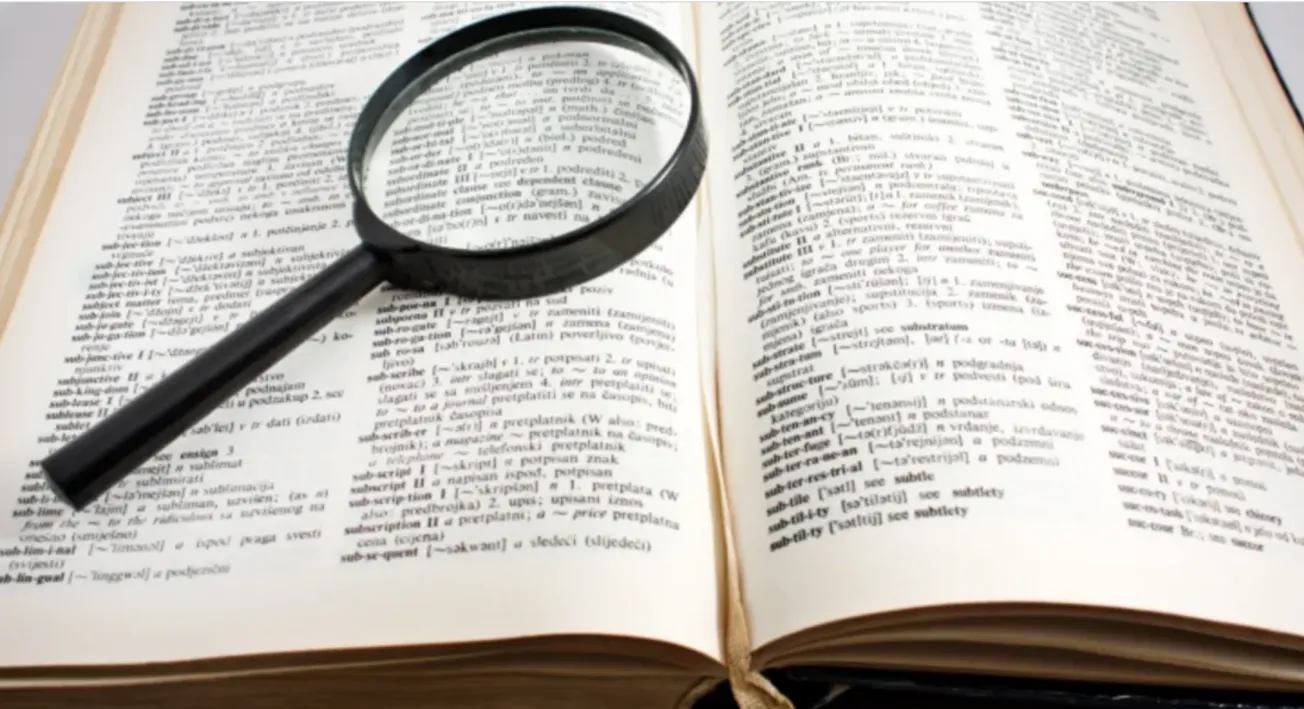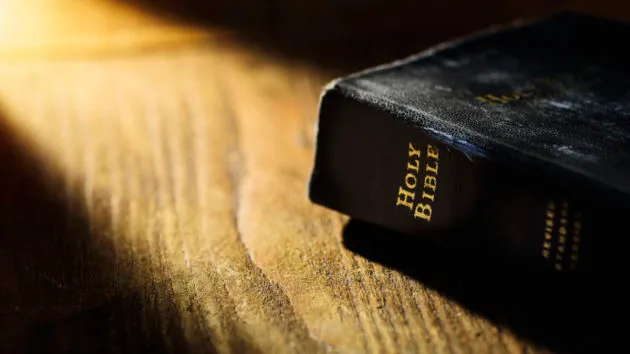I’d now like to go through some of the amendments that were proposed, but not included, in the Abortion Legislation Bill before it was passed on 18 March 2020. (The act received the Royal Assent on 23 March and became law on 24 March.)
MPs moved more than 30 amendments: some of them were rather dry and technical, while others raised extremely important issues. Joanne Hayes’ first Supplementary Order Paper was intended to provide more protection for women deemed incompetent to give informed consent; her second one proposed to repeal the infamous clause in the Care of Children Act 2004 that gives minors the right to consent to an abortion. In a speech she stated, “There is currently danger of women being coerced and abused by virtue of their age or their intellectual capacity to have an abortion against their will.”
It’s not a secret that girls below the legal age of consent are regularly taken for abortions, from high schools, during school hours and without their parents’ knowledge or consent. This has been happening for decades, in what purports to be a civilised country. What goes through the minds of these poor girls can hardly be imagined but it should be obvious to anyone that a child in an overwhelmingly stressful and confusing situation, without any family members present, is not going to be in a position to make a calm and reasoned decision. Repeated efforts have failed to change the law to give parents the right of consent, or even notification. Once more, on 18 March 2020, our parliament refused to give girls this protection.
Movingly, Parmjeet Parmar, herself from a country where sex-selective abortion is rampant, proposed several amendments related to that issue: limiting abortion to 12 weeks’ gestation, when sex is difficult to determine, and requiring practitioners to refuse to perform an ultrasound scan if they believe that it is for the purpose of sex selection. (India has an estimated 46 million ‘missing’ girls because of selective abortion.) Melissa Lee also proposed an amendment making it an offence to provide an abortion when it discriminates on the basis of the child’s sex. But these two women’s efforts to protect unborn women were overturned on the premise of women’s rights.
Melissa Lee sought amendments to prohibit selective abortion of the disabled. We all know that this happens but, with abortion available up to birth, it is more likely. In voting against this amendment, Jacinda Ardern personally betrayed the Down’s Syndrome community, having promised them that she was not in favour of changing the time limits.
Speaking against the amendments, the author of the bill, then-Minister of Justice Andrew Little, repeatedly insisted that the safeguards proposed were already covered by other legislation, or that they were merely stumbling blocks intended to make it more difficult for women to access abortions.
Agnes Loheni requested a requirement that unborn children be given pain relief while being aborted and Simon O’Connor sought an obligation for abortion practitioners to give medical care and attention to a child accidentally born alive.
All of these amendments were voted down, most of them by a large majority, giving New Zealand one of the most extreme abortion laws in the world. No wonder it was rushed through parliament at a time when no one was likely to take much notice, as it was opposed by the overwhelming majority of New Zealanders.
There were two more unsuccessful amendments I want to cover at a further date, but I hope that this gives some idea of how incredibly cruel this law is. And I hope that many will continue to work and pray for it to be overturned.









